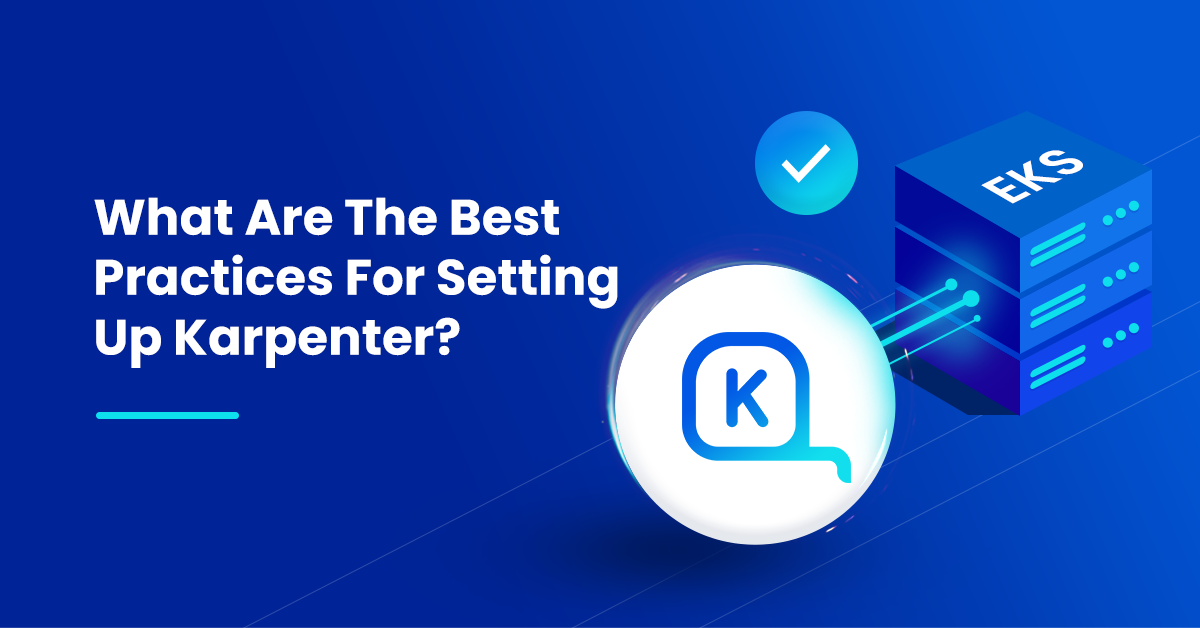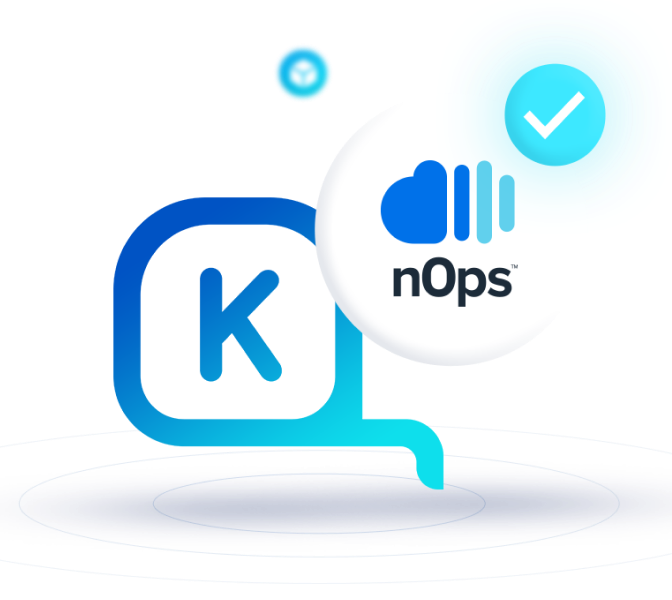Imagine a world where Kubernetes understands exactly what your application needs. It’s like having a personal assistant that automatically selects the most cost-effective instance types for your app on AWS, reducing your EKS costs. That’s where Karpenter comes in!
Karpenter is a high-performance, flexible, open-source Kubernetes cluster autoscaler designed for AWS. AWS Karpenter, an open-source autoscaling solution, brings a range of advancements in node management to the Kubernetes community. Directly interacting with the AWS EC2 fleet API eliminates the need for node group abstraction and simplifies the provisioning of nodes.
With AWS Karpenter, node management becomes effortless as it offers intelligent scaling, cluster awareness, and customizable configurations. Its modular design seamlessly integrates with existing workflows, making it suitable for scaling applications of any size, from small to massive workloads. You can explore more about Karpenter in the blog: Understanding Karpenter: Basics, Benefits, And Limitations!
Karpenter is bliss, but to make the most out of it, users need to understand and follow certain practices. And this is where this blog will come in handy! Read through for the best practices for setting-up Karpenter.
The Ultimate Guide to Karpenter
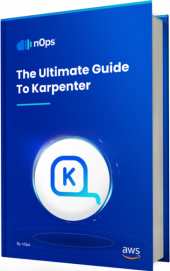
What Are The Best Practices For Karpenter?
Here are some best practices to consider when using AWS Karpenter. By following these recommendations, you can optimize the performance and efficiency of your Kubernetes clusters, ensuring seamless scalability and resource utilization.
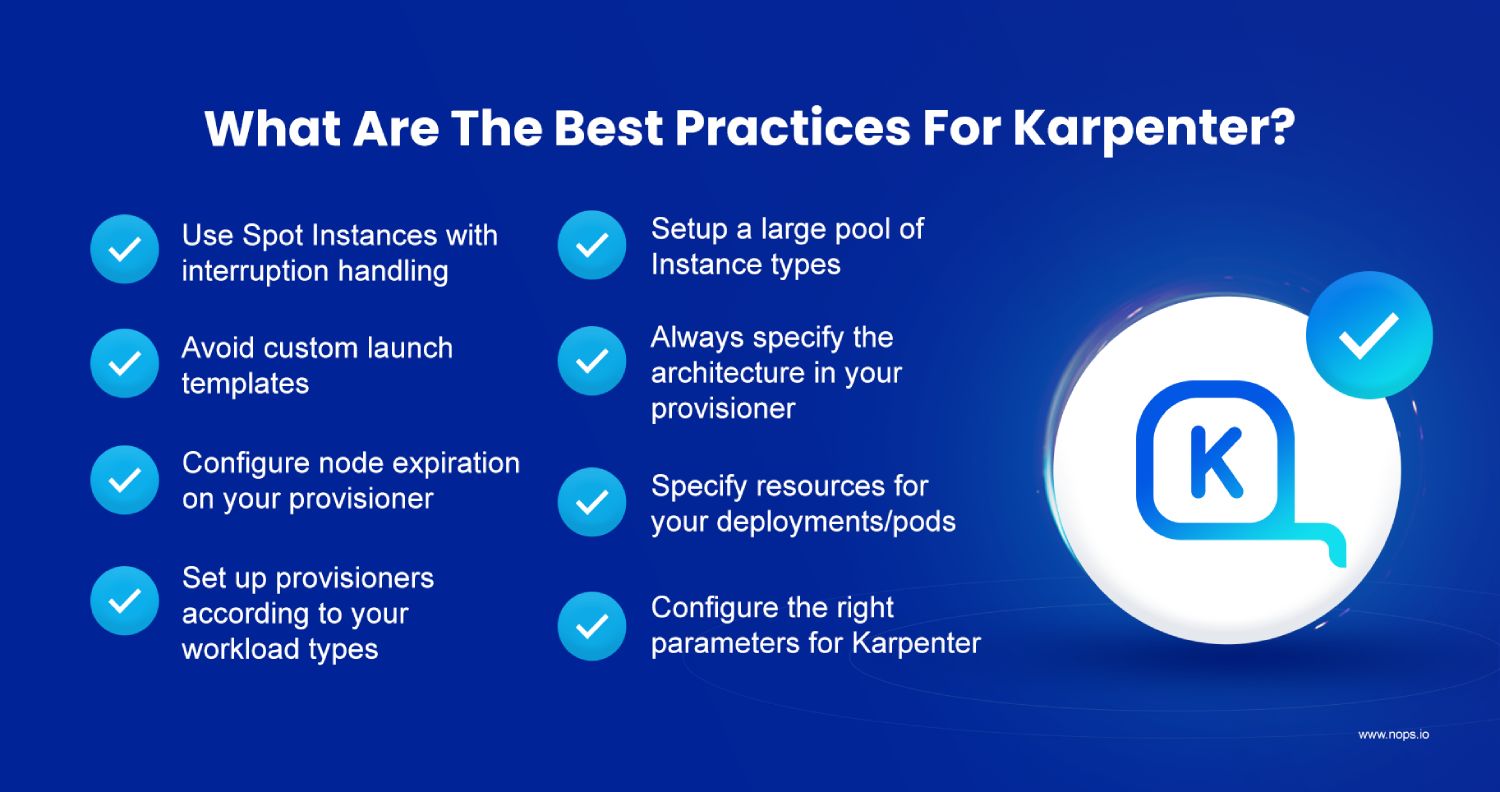
Use Spot Instances with interruption handling
Spot instances provide significant cost savings compared to on-demand instances, but they can get interrupted if the demand increases beyond the available capacity.
Enabling interruption handling in Karpenter can help manage involuntary interruptions, like with spot instances that can subsequently cause workload disruptions. It can also handle other events like maintenance, instance terminating, and instance stopping events. To enable interruption handling, you just need to enable aws.interruptionQueueName in the Karpenter Settings.
Avoid custom launch templates
Karpenter guidelines recommend avoiding custom launch templates since they don’t support the automatic upgrade of nodes, multi-architecture support, or securityGroup discovery. Instead of launch templates, you can use custom user data or directly add custom AMIs in AWS node templates.
Configure node expiration on your provisioner
With Karpenter, it’s possible to expire nodes automatically after a specific period without causing any downtime. This helps ensure that all nodes always run the latest security patches.
Set up provisioners according to your workload types
Stateful workloads are less tolerant to node churn, so it’s advised to set up a provisioner that only uses on-demand instances for these workloads. You can set up a provisioner for stateless fault-tolerant workloads that only use spot instances.
Setup a large pool of Instance types
One of the main benefits of Karpenter is its ‘just in time capacity’, which basically means that Karpenter chooses an instance type that fits your workload as best as possible. But to leverage the power of this feature, you need to set up a large pool of instances.
If you limit the instance types, you won’t be able to maximize the benefits of using Karpenter.
Always specify the architecture in your provisioner
If the architecture is not specified, Karpenter might launch instance types with ARM CPU, for which your applications may not be ready.
Specify resources for your deployments/pods
Karpenter will use the pods’ resource requests and limits for its calculations, so it is necessary to specify resources for deployments/ nods. Not specifying resources can cause unexpected behavior in cluster scaling.
Configure the right parameters for Karpenter
With so many configuration options available on Karpenter, it’s best to make the most of it by optimizing parameters in the right way and ensuring your workloads are always streamlined and scheduled. For instance, you can define custom node selectors, set custom resource limits, and specify minimum or maximum node counts.
Supercharge Karpenter with nOps Karpenter Solution (nKS)!
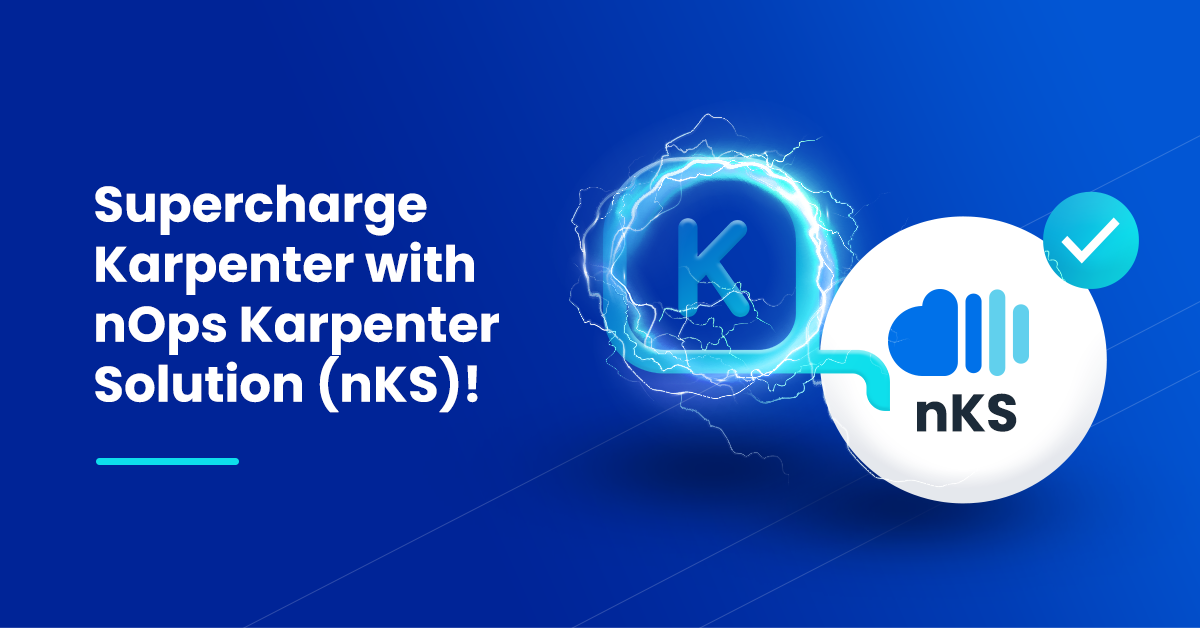
Karpenter has much potential, but its capabilities are limited because it’s a new open-source project. nOps, with its advanced ML and AI-driven approach, goes beyond what Karpenter can do, builds on its fantastic potential, and adds to its capabilities.
Introducing nOps Karpenter Solution (nKS), a robust solution that effectively overcomes the limitations of Karpenter, revolutionizing Kubernetes cluster autoscaling for organizations.
- Comprehensive AWS ecosystem optimization: nKS considers your entire AWS ecosystem, intelligently optimizing node scheduling while effectively managing your reserved instances and savings plan commitments.
- Continuous workload rebalancing: nKS continuously adjusts cluster nodes based on workload changes across your AWS ecosystem, ensuring optimal utilization of resources at all times.
- Streamlined configuration and management: With nKS, configuring and managing Karpenter becomes effortless through a user-friendly interface, reducing the complexity typically associated with Kubernetes autoscaling.
- Intelligent handling of node termination: Leveraging machine learning algorithms, nKS predicts node termination events up to 60 minutes in advance. This foresight allows ample time to address potential issues and minimize service disruptions.
Experience the benefits of spot instances, reserved instances, and savings plans by upgrading to nKS. Witness significant cost reductions of 50% or more for your EKS infrastructure.
Learn more about nOps Karpenter Solution (nKS) here!


